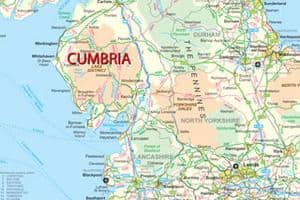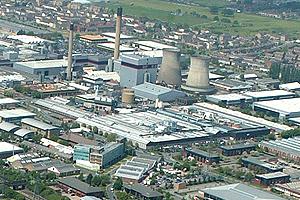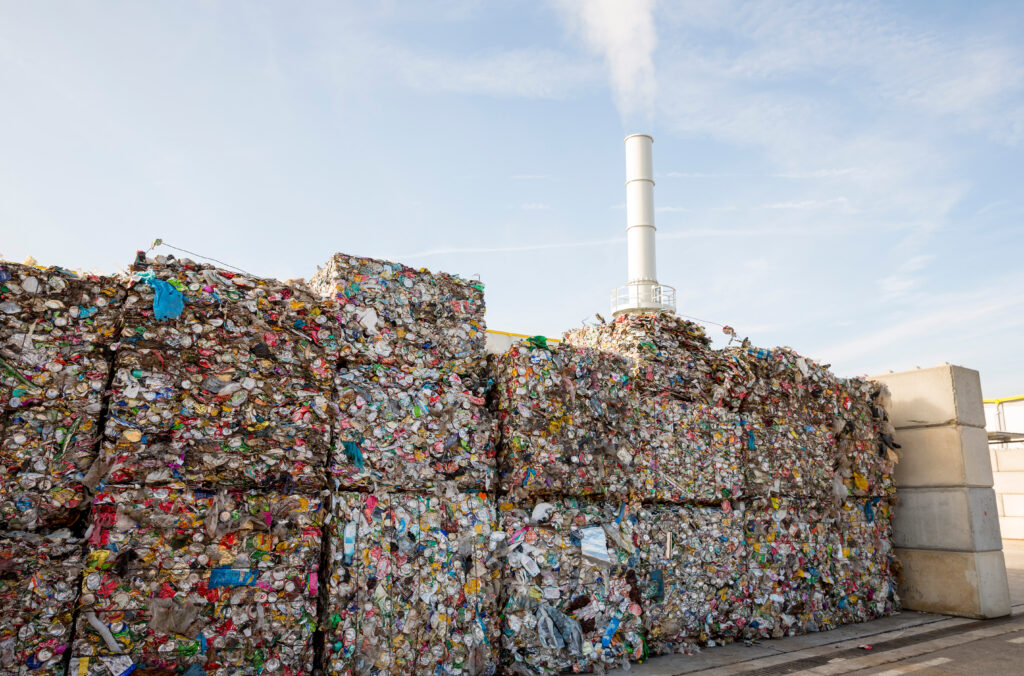Known as the LGA’s Waste and Recycling Programme, the scheme provided grants in 2015 of about £20,000 to several local authorities in England on a competition basis.

One of the main intentions of the programme was to share learning from each of the projects and from the programme as a whole across local government. The programme received 49 bids in total involving over 200 councils as well as other public and private sector bodies.
Now, in an evaluation of the projects supported, project reviewer, consultant Shared Intelligence, has highlighted the positive impact of the project “in bringing different partners together”.
The consultant continued: “In some projects, delivery partners included the council and a range of outside organisations, including housing associations, local voluntary sector organisations and the police. In other cases, the projects were led by several councils, bringing together politicians and officers at different levels from different councils.”
Reuse
According to the report, there were a number of aims common to more than one project, including minimising the amount of waste, increasing the level of reuse and recycling and combatting fly-tipping. Other aims included increasing service efficiency, reducing costs and generating income.
The researchers are also frank about the fact that some councils might not want their work to fail. They describe this as projects “being doomed to succeed” and note: “There is also learning to be taken around what didn’t work. For example, it is possible that projects run through grant programmes like the Waste and Recycling programme are ‘doomed to succeed’. That is to say, grant recipients may be reluctant to allow projects that are unviable or underperforming to come to a halt due to the perception that they must demonstrate the value of the project and the funding. However, projects have been forthcoming about any changes they have made to plans and any challenges experienced, and we do not think that this has been a major issue for the Waste and Recycling Programme.”
Councils which undertook projects included Slough borough council, Staffordshire Waste Partnership, Bath and North East Somerset and Liverpool City council.
Liverpool
The report explains that Liverpool city council’s project focuses on “the densely terraced area of Kensington Fields. Storage and collection of waste and recyclables in this area is difficult. Therefore the council, with support from Granby Toxteth Development Trust, is trying to minimise waste and increase recycling in the area.
“The approach involves changing behaviours through community engagement, educational interventions and equipment and design. Volunteers and officers are spending time speaking to residents to address their needs, whilst educational literature is helping to inform better recycling behaviour. Partners hope that the new equipment provided to residents will make recycling easier and help keep down waste.”
Cumbria
One example is Cumbria council’s project to explore ways of improving reuse and recycling of bulky waste collected the kerbside from households.

The waste disposal authority is responsible for the disposal of all household waste collected by surrounding councils. Between them, the councils collect around 3,000 tonnes of bulky waste per annum, most of which is sent to landfill as a cost of around £450,000.
The project included carrying the feasibility of destruction of bulky waste as a biomass fuel. It also considered how an increased amount of bulky waste could be delivered, and how this could be further met by an increased number of third sector organisations across Cumbria.
Councils commissioned a consultant to explore local options for diverting bulky household waste which included gathering intelligence around council’s bulky waste collections, existing HWRCs and capacity of local third sector organisations’ to undertake reuse activities.
Oopportunities for destruction of bulky waste and use of this as a biomass fuel proved unviable. However, the report notes that since completion of the project improvements have included:
- the number of district councils with an agreement with a third sector organisation to undertake bulky waste collection has increased from one to two and a new contract with another third sector organisation began in April 2017
- the use of social media has been increased to provide better information to the public of options regarding bulky waste
exploring with its contractor greater possibilities for re-use across its network of HWRC’s.
South Holland and Slough
Other outputs achieved by individual projects included South Holland’s step-by-step ‘how to’ guide on establishing a company to deliver environmental services is available for other councils, and Slough council’s conversations with National Grid regarding infrastructure changes.

LGA said in some cases the programme has helped to foster the conditions for ideas generation by prompting councils to develop innovative ideas. It said the programme also helped to remove the risk associated with running pilot projects and initiatives.
Since completion of the project the number of district councils with an agreement with a third sector organisation to undertake bulky waste collection has increased from one to two and new contract with another third sector organisation began in April 2017; the use of social media has increased; and the authority is exploring with its contractor greater responsibilities for re-use across its network of HWRCs.
Ipswich
One example is Ipswich council’s project to reduce waste collection and disposal costs, reduce fly-tipping, and increase the quantity and quality of recycling target areas of the borough.
The project centred on working in partnership with Groundwork Suffolk, Sanctuary Housing, and Norfolk and Suffolk community payback team. It targeted 400 households: 152 flats and 248 terraced houses.
The approach involved educating residents in order to bring about behaviour change through interactive community groups, new equipment (such as reusable bags) and improved signposting which is hoped to improve overall recycling experience.
According to the report, the project so far has increased recycling collected from 500kg to 800kg.
Related links
LGA report on Evaluation of the waste and Recycling Programme











Subscribe for free